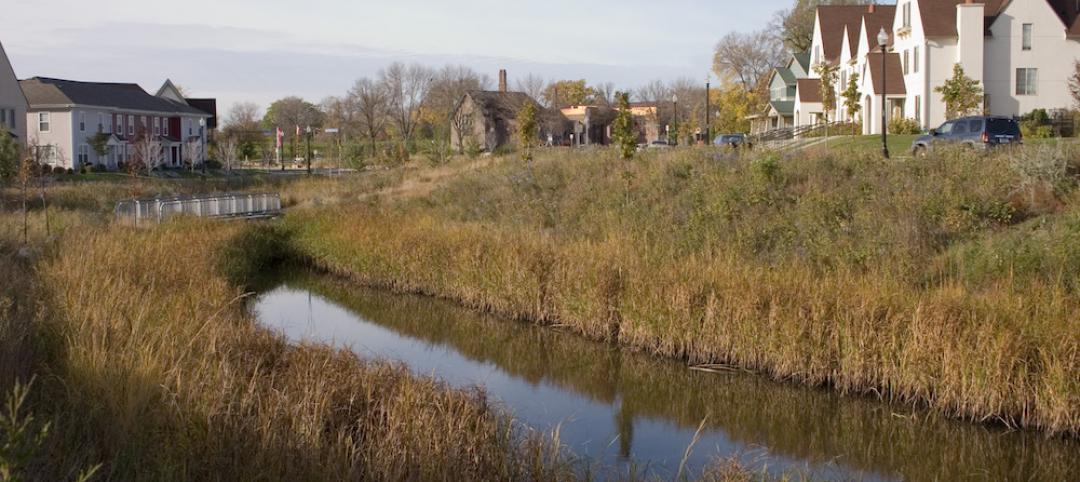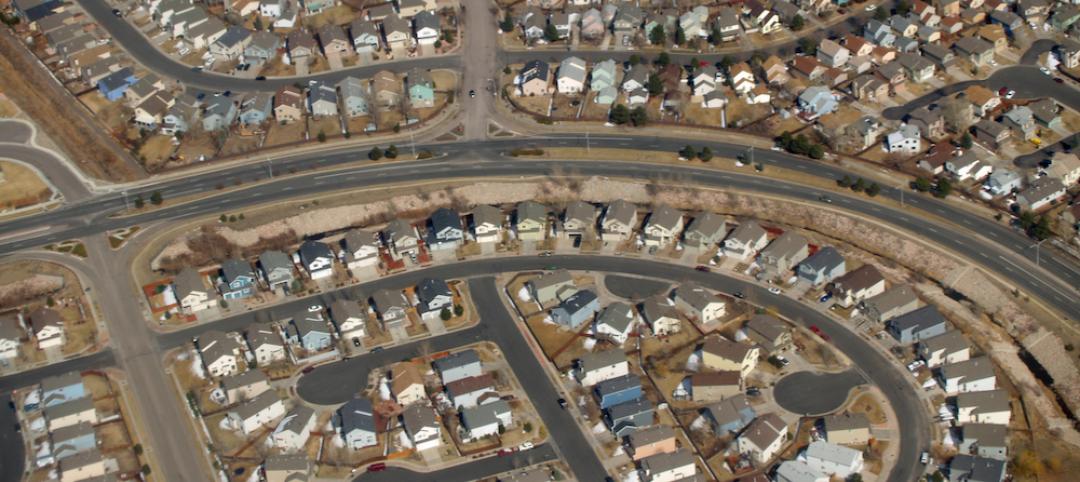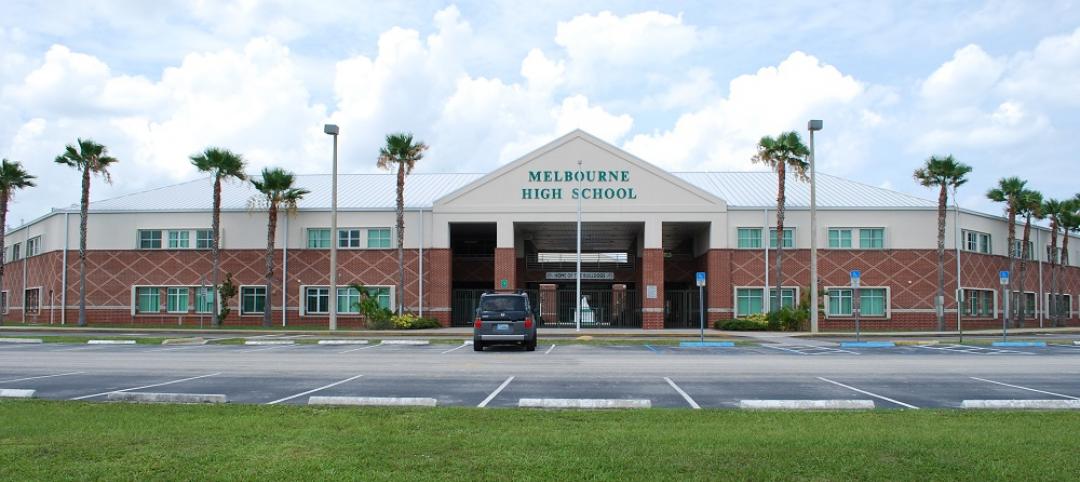The LEED Dynamic Plaque could aid certified buildings in maintaining performance with up-to-date information about water and energy use, waste reduction efforts, occupant experience, and other green performance categories. The USGBC released the dynamic plaque tool earlier this year so that property managers can have better information to monitor a building’s performance and make improvements to boost the property’s LEED score.
The plaques are publicly displayed within a building and can be viewed by anyone. The devices are meant to encourage more interaction with occupants, owners, and investors on a building’s LEED status.
As more asset managers want to know if potential acquisitions are LEED-certified, they may also be interested in monitoring performance when they consider purchasing properties or renewing leases. With continuous monitoring, the LEED Dynamic Plaque allows investors, asset managers and even tenants to demand an actively managed LEED score within a certain range.
A company’s real estate team can ask landlords to more frequently report on sustainability targets at each location, as well as conduct regular occupant satisfaction surveys. They can ask that the LEED Dynamic Plaque score never drop below a certain score, or that occupant satisfaction never dip below a certain percentage. This will help to ensure that LEED certified buildings are properly maintained and being operated as intended in the design.
(http://www.greenbiz.com/blog/2014/07/22/what-makes-leed-dynamic-plaque-game-changer)
Related Stories
Codes and Standards | May 16, 2016
EPA proposes new stormwater discharge regulations for construction sites
Would apply to sites of one or more acres.
Roofing | May 16, 2016
New guide focused on increasing energy and structural performance with raised-heel trusses
Higher trusses simplify attic ventilation, leave more space for insulation.
Codes and Standards | May 11, 2016
Current California seismic codes provide safety, resiliency, but needed upgrades present challenge
Los Angeles requires seismic retrofits, but other cities do not.
Codes and Standards | May 10, 2016
Apple spars with Cupertino, Calif., mayor over strained city infrastructure
Apple’s new ‘spaceship’ campus project prompts questions about whether the company should pay more to offset traffic woes.
Codes and Standards | May 9, 2016
Safety Stand-Down yields proposals to boost construction safety
One example: Gilbane encourages safety harnesses for all working above 6 feet.
Codes and Standards | May 9, 2016
EcoDistricts unveils sustainable neighborhood framework
Focus is on equity, resilience, and climate protection.
School Construction | May 3, 2016
Florida clamps down on school construction spending
Critics fear rules will hamper ability to build schools with desired features.
Resiliency | May 2, 2016
Connecticut to develop new code standards for resiliency
Expected more frequent severe weather events due to climate change prompts review.
Contractors | Apr 29, 2016
OSHA issues advisory to protect workers from Zika virus
Construction industry workers considered at high risk.
Codes and Standards | Apr 28, 2016
New research finds 30 measures to significantly cut energy use
ASHRAE’s prescription cuts across all building types and climates.

















